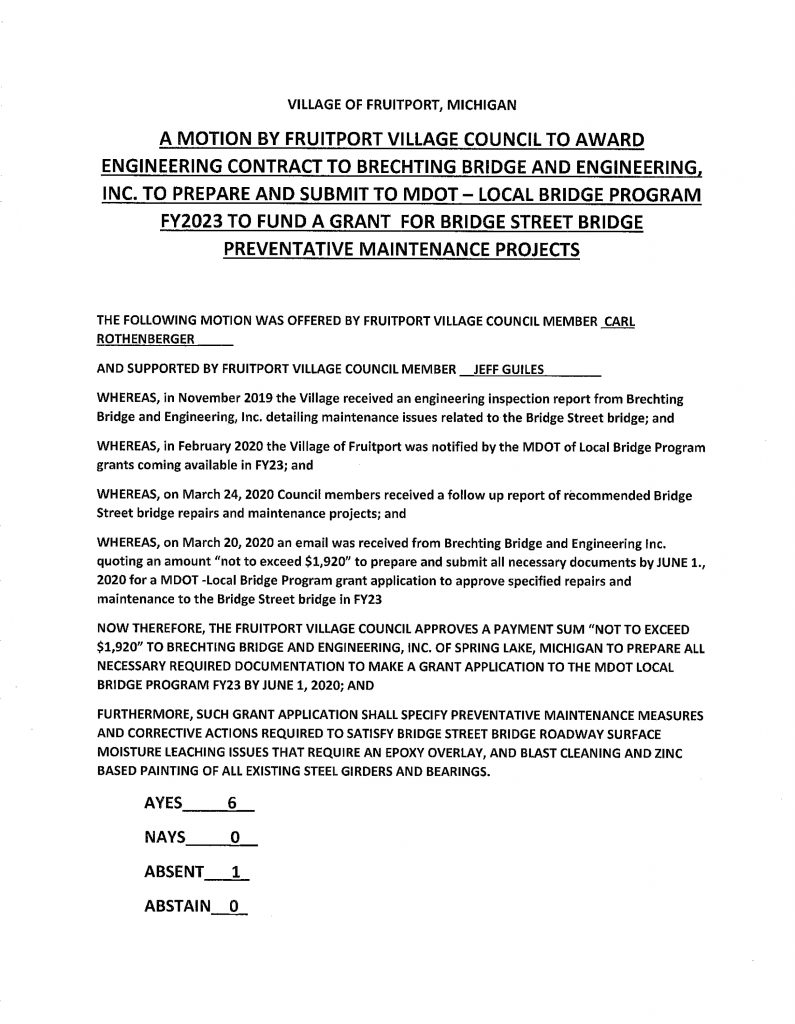WEST MICHIGAN – As Spring comes into full bloom and starts to hint of Summer, it’s the time of year when Farm Markets are starting to open throughout West Michigan, with fresh, local food offerings.
Read on to learn more about Agritourism destinations in West Michigan, as featured in this year’s Carefree Travel Guide. The travel guide is available to view digitally, or request a free copy by mail at WMTA.org.
Visitors are encouraged to confirm with any business they are planning to visit to check if they are currently open for visitors, and any new safety restrictions they may have in place.
Dairies
Local dairies are a great place to teach kids about where our food comes from. You’ll find Country Dairy in New Era, and MOO-ville Creamery in Nashville, both of which offer tours of their facilities. Learning about their robotic milking machines is a great way to see technology in action, and you’ll even see cows waiting in line for their turn to walk themselves into the completely-automated milking robot at Country Dairy! Make sure you plan time for a stop at the free petting farm when you visit MOO-ville Creamery, where your kids can visit the farm animals and burn some energy on the farm toys in the play area. Trying the homemade ice cream when you visit is a must, but know that both Country Dairy and MOO-ville are great stops for lunch, and you can enjoy an endless glass of fresh milk (white or chocolate) with your meal!
Petting Farms
Visiting a petting farm gives your kids the chance to interact with animals they won’t find at home! The Critter Barn in Zeeland has a wide range of animals, plus special events throughout the year. Admission is by donation, & you’ll get to visit with all of their animals (including the babies in spring!). You can buy hay buckets for 50¢ to feed the sheep, goats, & cows. In New Era, Lewis Farms turned one of their older orchard areas into a barnyard which is now home to a fantastic collection of unusual animals & birds, including an aviary full of colorful and social parakeets. Post Family Farm in Hudsonville is a great destination for school field trips. Students are encouraged to pet the animals, even a pig if the tour guide can catch one! You can feed the goats and sheep while visiting, and pick up a homemade pumpkin donut for yourself.
U-Picks
There’s something about picking your own produce that makes it taste better! Check what’s in season, and head out to a local orchard. The u-pick apple orchard at Gull Meadow Farms in Richland opens in early September each fall and begins with McIntosh and Honey Gold, with other varieties ripening throughout the season. You’ll find 12 different varieties of blueberries growing on 800 acres of blueberry plants at Reenders Blueberry Farms in West Olive. Overhiser Orchards in South Haven offers u-pick options from roughly the first week of July when their sweet cherries ripen. As the season goes on, you’ll also find sour cherries, apricots, peaches, plums, pears, and apples for picking.
Farm Markets
Local farm markets bring the best of what’s fresh and seasonal right to you. You’ll also find a great variety of locally-made products, with everything from jams and jellies to baked goods and syrups. Many cities host regular farmers markets, showcasing local farmers, producers, and artisans. The Muskegon Farmers Market, Grand Haven/Spring Lake Farmers Market, Holland Farmers Market, and Allegan Farmer’s Market are all good stops to make when you’re in town. If you’re interested in all things blueberry, you’ll want to stop by Leduc Blueberries in Paw Paw, Bowerman Blueberries Farm Market in Holland, or Crossroads Blueberry Market in Grand Haven. When you heading north, make time to visit Farmer White’s in Williamsburg or Friske’s Farm Market in Ellsworth.



